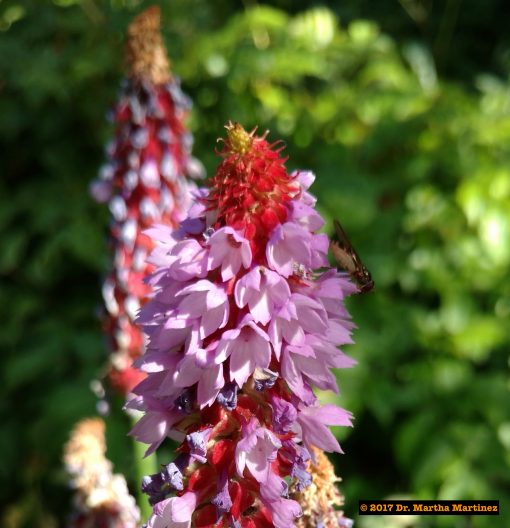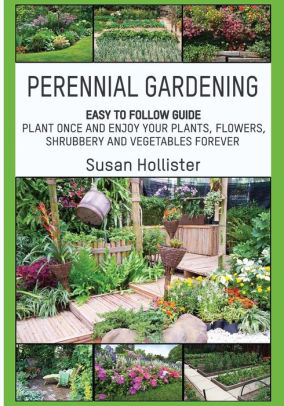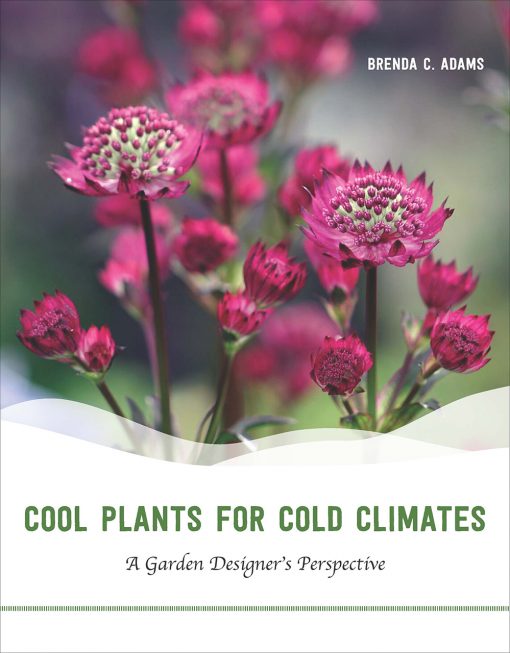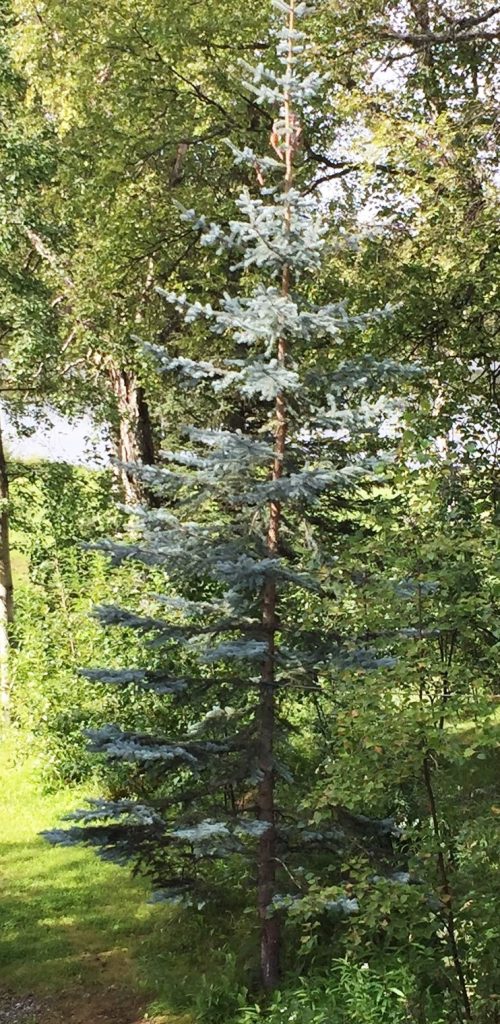Hi everyone! Its #GardenIsShe2020- I just wanted to present this statement, “We garden.” What exactly does this mean? When someone hears the word ‘garden’ or ‘gardener’ what comes to mind? Is it Grandma hoeing her flower garden or the public school planting in the community garden? Stereotypes conflict around gardening- homesteaders, grandmothers, and preservationists, are just a few of the most common. So, what does it mean by definition to garden? The definition of garden is “a plot of ground where herbs, fruits, flowers, or vegetables are cultivated“, (Merriam-Webster). Thus Read More …
Category: Trees and shrubs
Espalier – Living Sculptures
Introduction Espalier (pronounced “es-PAL-yer” or “es-PAL-yay”) is a horticultural technique used to train plants to grow against a supportive structure such as a fence, trellis, or wall in order to create what some consider living art and sculptures. Many folks use this technique to save space as it ends up creating a two-dimensional plant through careful pruning and tying (with the help of something like soft string, strips of rags, rubber grafting bands) – my favorite example of saving space is in older times, espalier was sometimes used to grow Read More …
Winter Doesn’t Have to Mean Boring

One distinct challenge about living in Alaska is making the landscape appealing in the winter. Deciduous shrubs lose their leaves, there’s very little color, and everything is covered by a blanket of snow. Challenging, but by no means impossible. To create a vibrant and interesting winter landscape, consider the following: Color Winterberry (Ilex verticillata) is a deciduous holly which is decorated by bright red berries from summer through winter. For beautiful berries, Cranberry Cotoneaster (Cotoneaster apiculatus) is another great choice. A deciduous low hedge or groundcover formed by spreading branches. Read More …
The Jensen-Olson Arboretum in Juneau, Alaska – A gift for the senses

The Jensen-Olson Arboretum in Juneau, Alaska A Gift For The Senses It is a gorgeous day in Southeast Alaska and I am heading to The Jensen-Olson Arboretum for some much needed “garden therapy.” I drive on Glacier Highway past mile marker 23 and make a left onto the small parking lot, get out of the car, take a few steps and WHOA!– I am greeted by an explosion of fragrances, textures, flavors, and colors bursting out of 1.5 acres of carefully tended, pure waterfront magic. I stop, breathe in, Read More …
Book Review: Perennial Gardening “Easy to Follow Guide, Plant once and enjoy your plants, flowers, shrubbery, and vegetables forever” — Susan Hollister

I purchased and read this book for the assignment from Alaska UAF Master Gardening class. It is applicable to my garden where I try to only plant perennials; and hopefully ones that are low maintenance. The book will be a reference for me in the future. The author covers all types of perennials: vegetables, blooming perennials, grasses, shrubs, bulbs and rhizomes, fruits and berries, and landscaping with perennials. What I liked about the book is the detail description of the plant characteristics, what type of locations they prefer, how to Read More …
Gardening in Alaska just got cooler with “Cool Plants for Cold Climates” by Brenda C. Adams

Are you new to gardening in Alaska? Are you often overwhelmed by all of the possibilities when trying to select annuals, perennials, trees, and shrubs? Do you enjoy spending winter evenings flipping through glossy garden photos for inspiration? If you answered yes to any of these questions, you will enjoy Cool Plants for Cold Climates, the latest book by award-winning Alaskan garden designer Brenda C. Adams. Cool Plants for Cold Climates aims to provide you with the tools necessary to create beautiful flower gardens in Alaska. Organized into five concise, Read More …
Hare today, Gone tomorrow: Grafting to Replace Apple Trees Decimated by Hares.

The hare population seems to be booming in Fairbanks. This winter, some hares were able to walk right over the fences and completely girdle some fruit trees by eating the bark Girdling happens when the phloem, the inner most layer of the bark, is removed from the tree. The job of the phloem is to conduct materials created in the leaves (for example, sugar) down to the roots of the tree. Over time, girdling results in the death of the parts of the tree above which the bark has Read More …
All in the Family: Propagating a unique variety of Colorado Blue Spruce from cuttings

My father-in-law is a long time wholesale nursery owner in Oregon. He learned the trade from his nurseryman uncle, who also inspired the Waconda Blue, a variety of the Colorado blue spruce (Picea pungens) that is now living in my family’s backyard in Alaska. The original was selected in 1977 for its very blue hue. Cuttings were taken and the Waconda Blue was established. A child of the tree was given to my husband in the mid-80s. He transplanted it in 1992 in Wasilla and it’s still growing beautifully. We’d Read More …